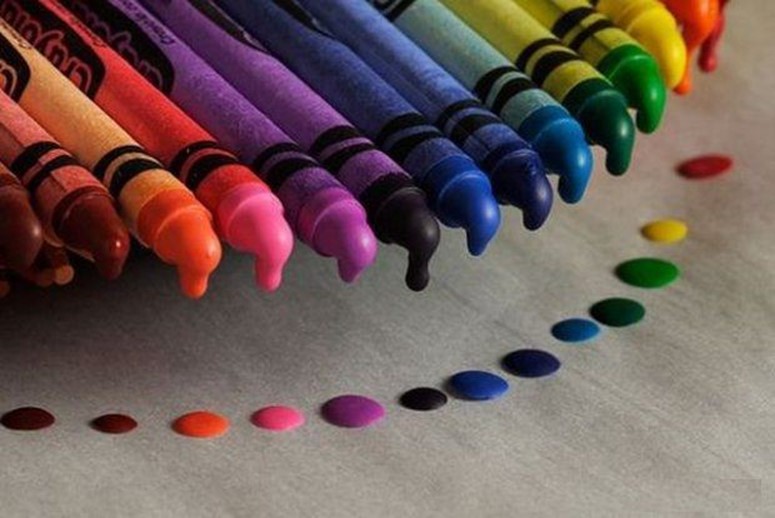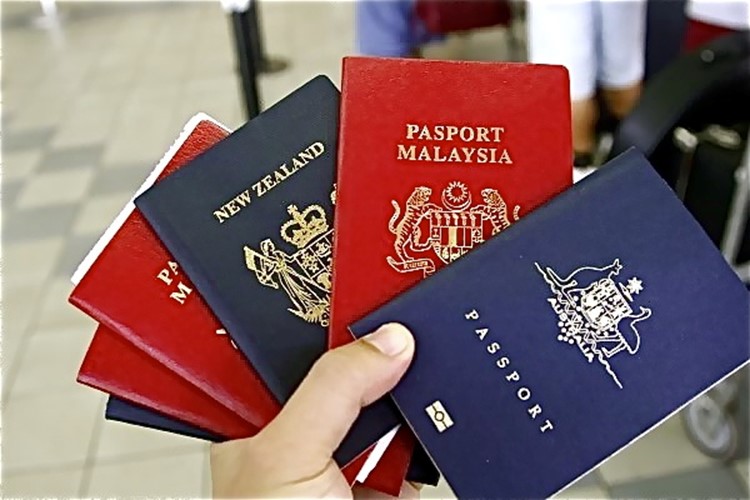Cider and Sanctions
July 25, 2015 in Daily Bulletin

During the Prohibition era, Americans made banned alcoholic drinks from legal fruit. Poland is currently brewing legal drinks from banned apples:
- Poland has condemned Russia’s actions in Ukraine. Russia has responded by banning the import of Poland’s fruit.
- This is a significant blow to Poland’s farmers, and the ban is thought to cost 0.6% of Poland’s GDP.
- Innovative Polish farmers have taken to making cider from their surplus apples, and production has surged from 1.9 million litres in 2013 to 18 million litres in 2015.
- This isn’t the first time that an alcoholic drink has been made from a food surplus. Bailey’s Irish Cream was first invented as a way to use up excess milk, by mixing it with whiskey.
- This also isn’t the first time that Poles have brewed alcohol against the wishes of Moscow. During Soviet times the Russians turned a blind eye to Polish illicit alcohol production, perhaps because an inebriated population was less likely to rebel.
Some Polish farmers are hoping to turn the apple growing region around Lublin into a Tuscany-like region for tourists and connoisseurs, except for cider. Read more over here.
Source: The Economist









Join the Discussion! (No Signup Required)